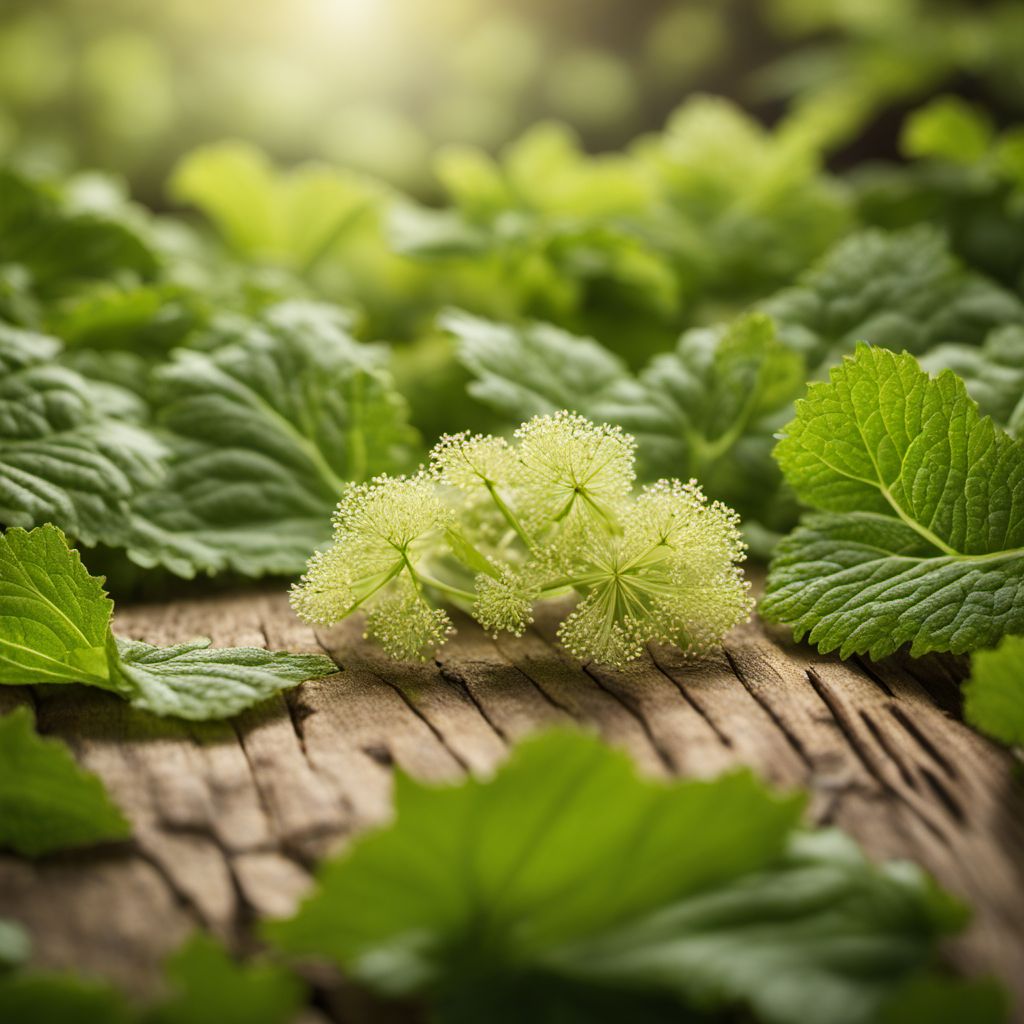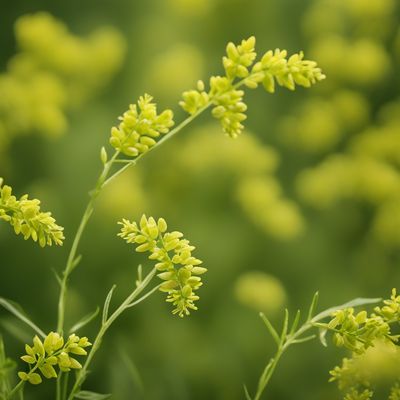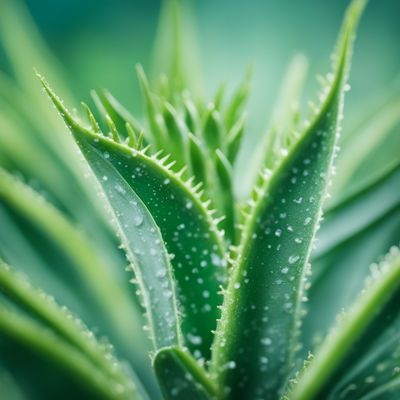
Ingredient
Wild angelica infusion leaves
The Herbal Elixir: Unveiling the Magic of Wild Angelica Infusion Leaves
Wild Angelica infusion leaves are delicate, feathery leaves that boast a vibrant green color and a distinct aroma. They have a slightly bitter taste with hints of earthiness and a refreshing, herbal undertone. The leaves are known for their soft and velvety texture, making them a delightful addition to various dishes and beverages.
Origins and history
Wild Angelica, scientifically known as Angelica sylvestris, is native to Europe and has been used for centuries in traditional medicine and culinary practices. It has a long history of cultivation in Scandinavian countries, where it was highly valued for its medicinal properties and as a flavoring agent in liqueurs and herbal teas.
Nutritional information
Wild Angelica infusion leaves are a good source of vitamins A and C, as well as minerals like potassium and calcium. They are low in calories and rich in antioxidants, making them a healthy addition to your diet.
Allergens
There are no known allergens associated with wild angelica infusion leaves.
How to select
When selecting wild angelica infusion leaves, look for fresh, vibrant green leaves that are free from wilting or discoloration. Avoid leaves that have a yellowish hue or appear dried out. Opt for organically grown leaves whenever possible to ensure the highest quality and avoid exposure to pesticides.
Storage recommendations
To maintain the freshness of wild angelica infusion leaves, store them in a plastic bag or airtight container in the refrigerator. They can last for up to a week when stored properly.
How to produce
Wild angelica infusion leaves can be grown in a home garden by sowing seeds in well-drained soil and providing ample sunlight and water. They thrive in cooler climates and can be harvested when the leaves are young and tender.
Preparation tips
Wild angelica infusion leaves can be used to make herbal teas, infusions, or added to salads, soups, and stews for a unique flavor. To prepare a tea, steep a handful of leaves in hot water for 5-10 minutes. For culinary applications, chop the leaves finely and add them towards the end of cooking to preserve their delicate flavor.
Culinary uses
Wild angelica infusion leaves are commonly used to make herbal teas, infusions, and as a flavoring agent in liqueurs and cocktails. They can also be added to salads, soups, and stews for a refreshing and aromatic twist.
Availability
Wild angelica infusion leaves are commonly available in Europe, particularly in Scandinavian countries where they have a strong culinary and cultural presence.
More ingredients from this category » Browse all

Lemon verbena infusion leaves
The Zesty Elixir: Unveiling the Magic of Lemon Verbena Infusion Leaves

Yellow sweet clover infusion leaves
Golden Elixir: Unveiling the Magic of Yellow Sweet Clover Infusion Leaves

Olive infusion leaves
The Essence of Olive Infusion Leaves

Wild strawberry infusion leaves
The Delicate Essence of Wild Strawberry Infusion Leaves

Eyebright infusion leaves
The Visionary Herb: Exploring the Benefits of Eyebright Infusion Leaves

Lime infusion leaves
Zesty Citrus Elixir: Unveiling the Magic of Lime Infusion Leaves

Shepherd’s purse infusion leaves
The Herbal Elixir of the Pastures

Aloe leaf gel (pulp)
The Healing Gel of Nature

Blackberry infusion leaves
The Essence of Blackberry Infusion Leaves

Mulberry (black and white) infusion leaves
The Versatile Mulberry

Alpine ladies mantle infusion leaves
The Enchanting Elixir: Unveiling the Magic of Alpine Ladies Mantle Infusion Leaves

Bitter orange infusion leaves
The Zesty Elixir: Unveiling the Power of Bitter Orange Infusion Leaves